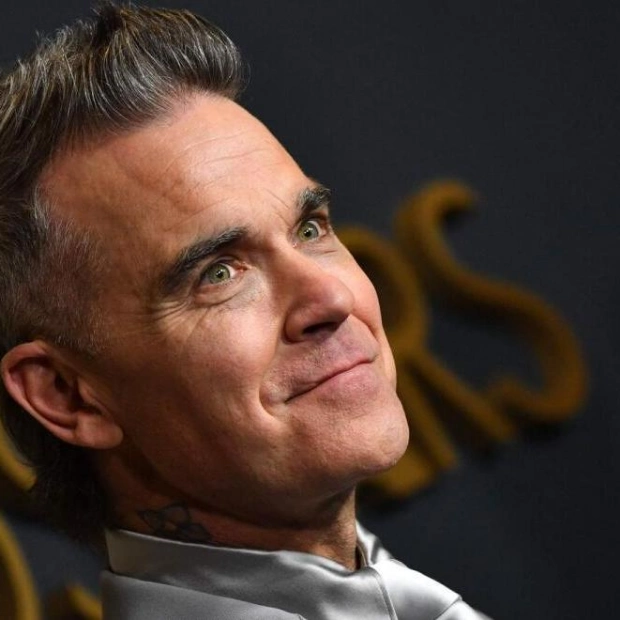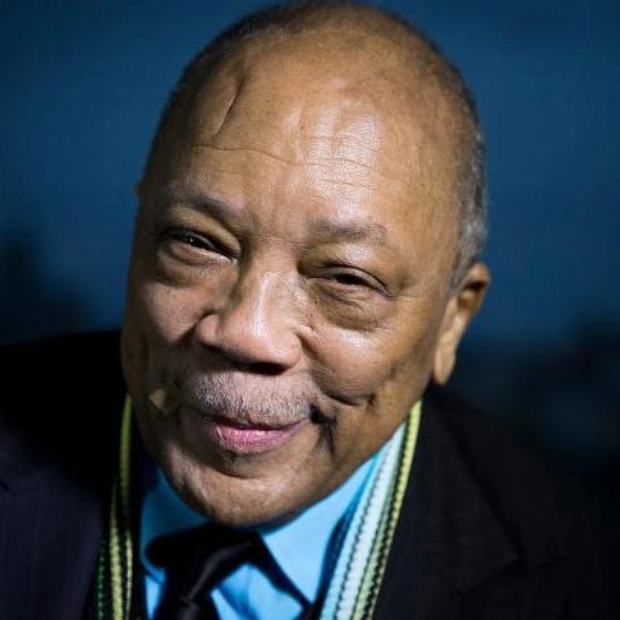A cyclist pedals down the street, with signs, trees, and fire hydrants flashing past. As they ride, their brain processes information from what they’ve seen but can no longer perceive. It sorts through this data—the colors, shapes, and text on signs—and prioritizes what’s most crucial. Based on this, the cyclist makes the correct turn and continues their journey.
Freek van Ede frequently employs bicycling metaphors, fitting for a researcher in the Netherlands. As a cognitive neuroscientist at Vrije Universiteit Amsterdam, van Ede investigates attention. His focus isn’t on external attention—what someone is currently looking at or focusing on. Instead, he aims to understand internal attention—how the brain selects and retains the most pertinent information from a flood of incoming data to guide future actions.
Science News is gathering reader queries about navigating our planet’s evolving climate. What do you want to know about extreme heat and its role in triggering severe weather events?
Van Ede views the brain as an organ of anticipation. Whether we’re biking, driving, or catching a ball, our brains constantly use recent experiences to inform upcoming actions. “It’s integral to cognition,” van Ede notes. This process hinges on working memory, the short-term storage of information, and attention—because we must choose from stored data to translate it into action. “It’s a foundational process, and that’s what intrigues me. I want to grasp how it operates.”
While scientists often specialize in distinct aspects of brain function, van Ede seeks to integrate studies of working memory and attention to better comprehend thought as a whole. Along the way, he and his team have devised innovative methods to measure how individuals process their surroundings.
Van Ede and his collaborators have “pushed the exploration of the connection between attention and working memory in fresh, innovative directions,” says Tobias Egner, a cognitive neuroscientist at Duke University. “Their work has significantly influenced this field in the past decade.”
During his undergraduate years at Utrecht University, van Ede was thrilled to discover that he could pursue lifelong learning as a scientist. He particularly recalls being drawn to his eventual postdoctoral mentor, Kia Nobre, now at Yale University. “I read her studies and thought, ‘This person is doing things differently.’”
At the time, most cognitive neuroscientists focused on spatial aspects of attention—placing blocks on a screen and asking participants to select among them. Nobre, however, was intrigued by the role of time.
Van Ede began pondering the element of time. After all, we don’t live our lives frozen in time, reacting to objects on a screen. We move through the world, encountering things in sequence. “When we dance, bike, or perform any action, our movements are meticulously timed,” van Ede explains.
To capture a more realistic view, van Ede uses electroencephalography (EEG) to measure brain activity in real-time. “It’s remarkable that we can place an electrode on someone’s skull and measure the brain’s electrical activity as it happens,” he says. Participants can also move freely in EEG caps, encountering the world more realistically.
Initially, van Ede paired EEG with eye-tracking data to ensure participants focused on specific targets. “One day, I decided to delve into the eye data out of sheer curiosity,” he recalls. He found that when participants were asked to recall an object that had been on-screen, their gaze shifted toward where the object had been, even though it was no longer there.
This shift was detectable as microsaccades—tiny, unconscious eye movements occurring multiple times per second. When participants redirected their attention to where an object had been, these microsaccades systematically moved in that direction. “This discovery opened new avenues for ‘tracking the mind’s eye,’” van Ede says, allowing them to decipher what information the brain uses to plan future actions.
Van Ede’s lab has demonstrated that the brain doesn’t hold multiple pieces of information and wait until all are in to plan. Instead, it plans possible actions as each piece of information arrives, though it ultimately selects only one plan.
Egner notes that van Ede “brings fresh perspectives to older tasks, examining new and old measures in innovative ways.”
This surprise finding exemplifies the curiosity-driven research van Ede emphasizes in his lab. While understanding how the brain plans actions could aid in comprehending memory disorders or attention issues, that’s not the primary focus. “Our studies are somewhat guided by intuition and what intrigues us,” van Ede says.
In recent work, van Ede and colleagues are investigating the systematic pulling of microsaccades while participants navigate virtual reality. They track tiny eye movements to see how participants’ brains use recent information to make plans, bringing them closer to biking through the streets of Amsterdam.






